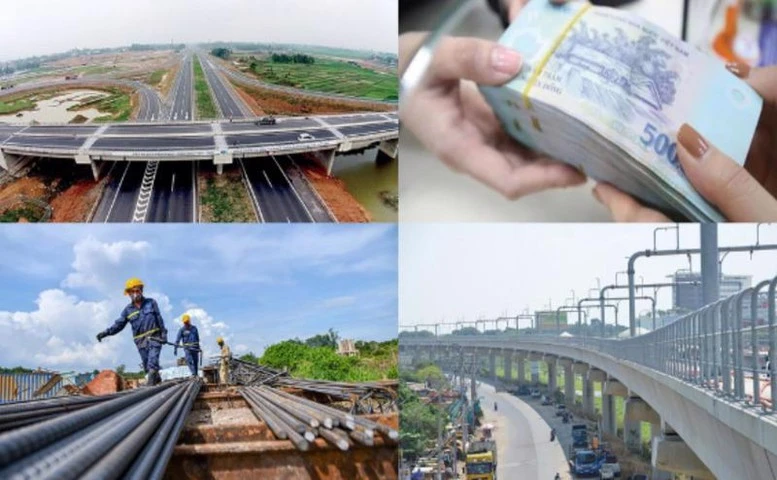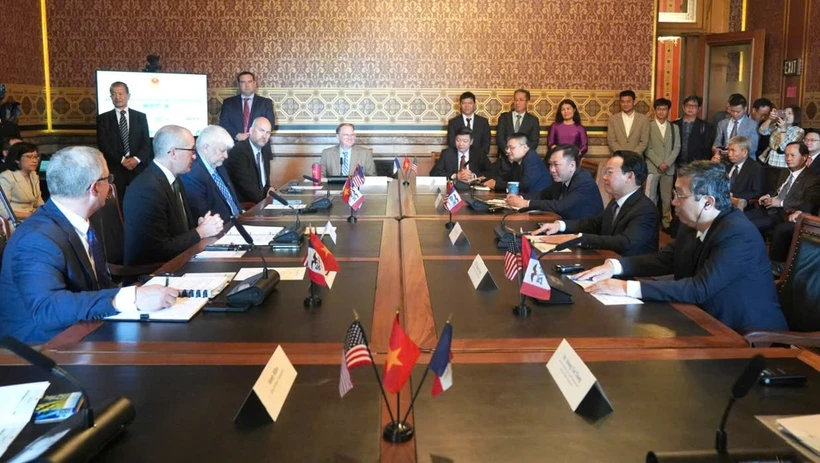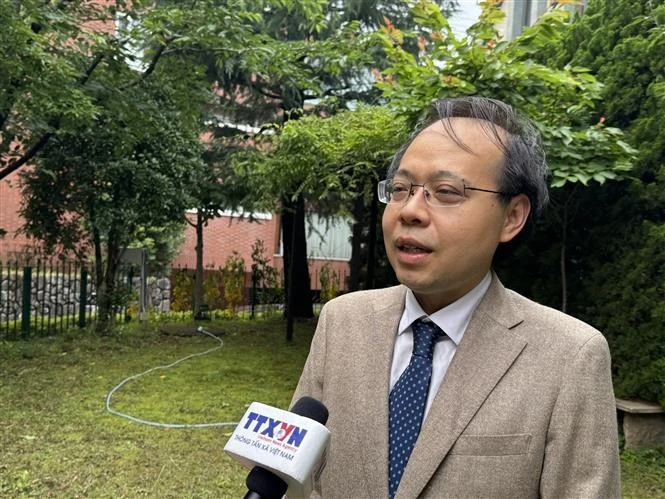Vietnam’s public investment efforts are gaining significant results, with total capital disbursed from the beginning of 2025 through May 31 estimated at 199.33 trillion VND (7.65 billion USD), according to a new report from the Ministry of Finance (MoF).
 |
| As much as 7.65 billion USD in public investment was disbursed in the first five months of this year |
The figure accounted for 22.2% of the yearly plan and 24.1% of the target assigned by the Prime Minister, marking a stronger pace than the same period last year when disbursement stood at 20.33% of the plan and 21.63% of the Government’s allocation.
Among 47 ministries and central agencies, only 10 recorded disbursement rates meeting or exceeding the national average, while 37 remain below the benchmark. At the provincial level, 39 out of 63 provinces and centrally-run cities met or surpassed national performance standards, leaving 24 localities trailing behind.
Exceptional disbursement rates were seen in the Vietnam General Confederation of Labour (85.43%), Radio the Voice of Vietnam (73.82%), Vietnam Bank for Social Policies (41.2%), Ministry of Public Security (40.5%), Phu Tho province (62.7%), Thanh Hoa province (57.8%), Lao Cai (51.8%), Thai Nguyen (51%), and Nam Dinh (50.4%).
Hanoi recorded 6.33 trillion VND in disbursement for May alone, up 36.4% year-on-year, bringing its five-month total to 26.3 trillion VND, or 25.1% of the annual plan and a 41% increase from the same time last year. Despite these positive figures, Hanoi statistical officials identified several challenges that continue to slow down the implementation of projects, including land clearance, fluctuations in construction material prices, and complicated resettlement processes. Administrative procedures continue to create delays, extending approval timelines and technical documents.
Meanwhile, Ho Chi Minh City reached 10.2% of its annual disbursement plan, with 8.71 trillion VND disbursed by May 28. Director of the municipal Department of Finance Le Thi Huynh Mai acknowledged the need for more aggressive solutions to address obstacles.
The MoF revealed that some ministries and seven provinces remain below the 15% mark and called for urgent actions to deliver on the Government’s disbursement target.
Central to the strategy is addressing the ongoing administrative reorganisation affecting local administrations. The transition to a two-tier local administration model requires careful coordination to ensure continuity in project management, budget planning, technical evaluation, land clearance, project implementation, quality inspection, and payment processing.
The MoF has also extended the deadline for unspent 2024 funds into 2025 and asked ministries, agencies and localities to ramp up disbursement efforts.







